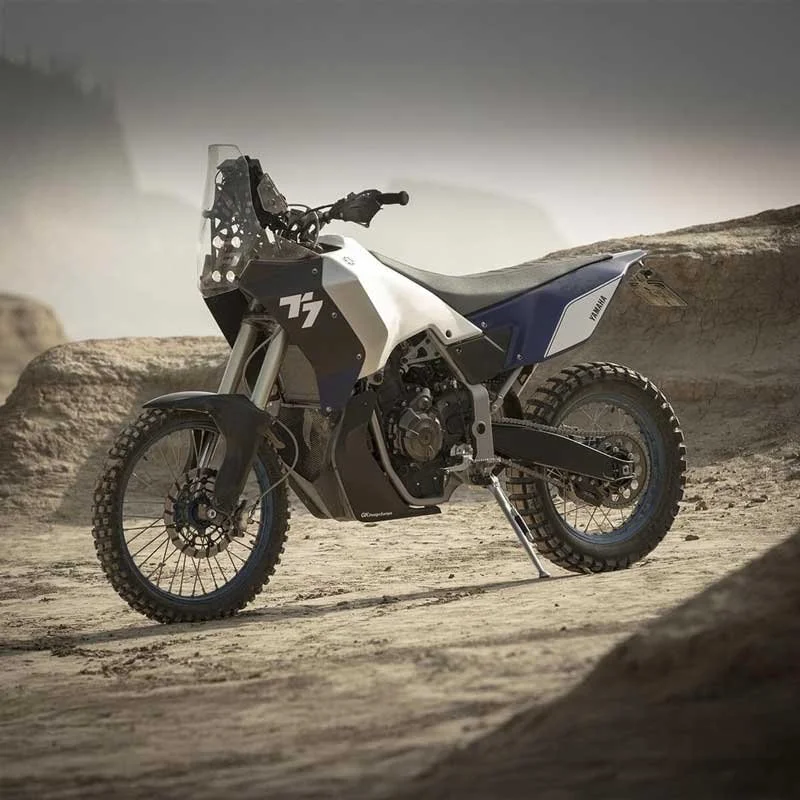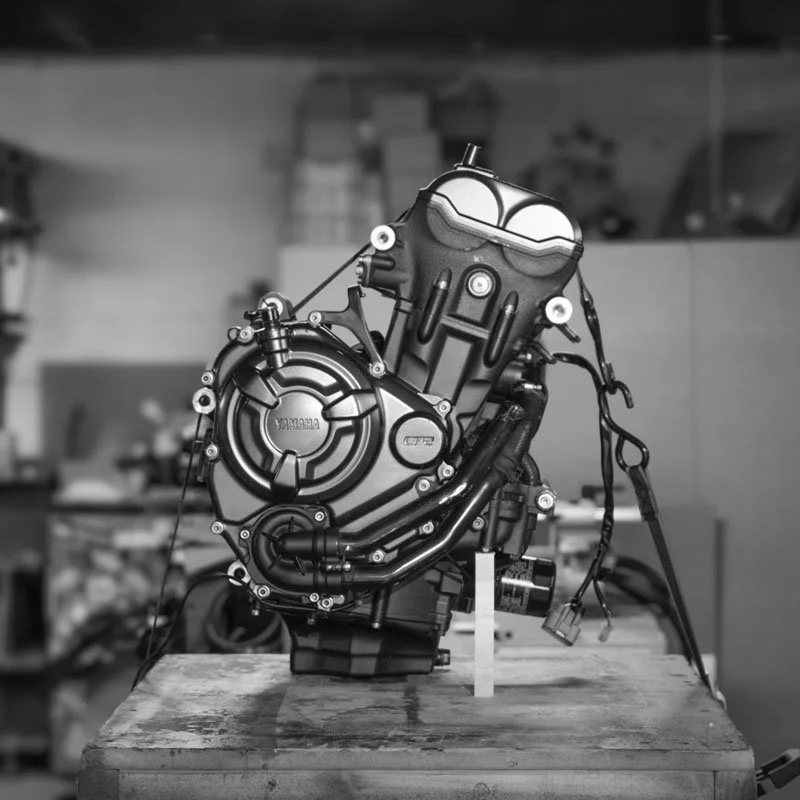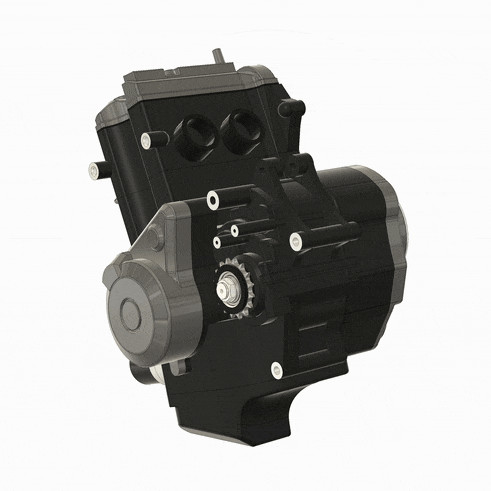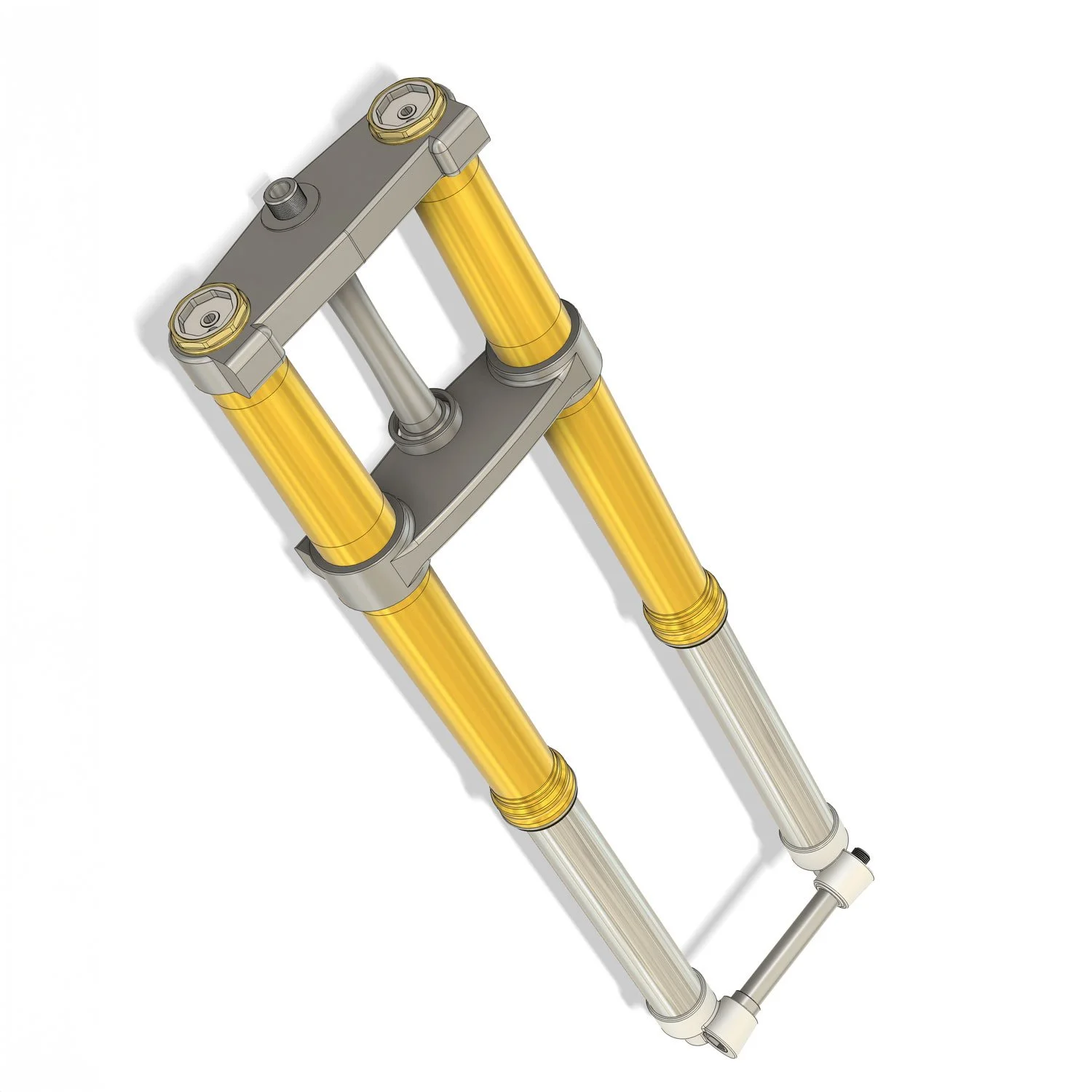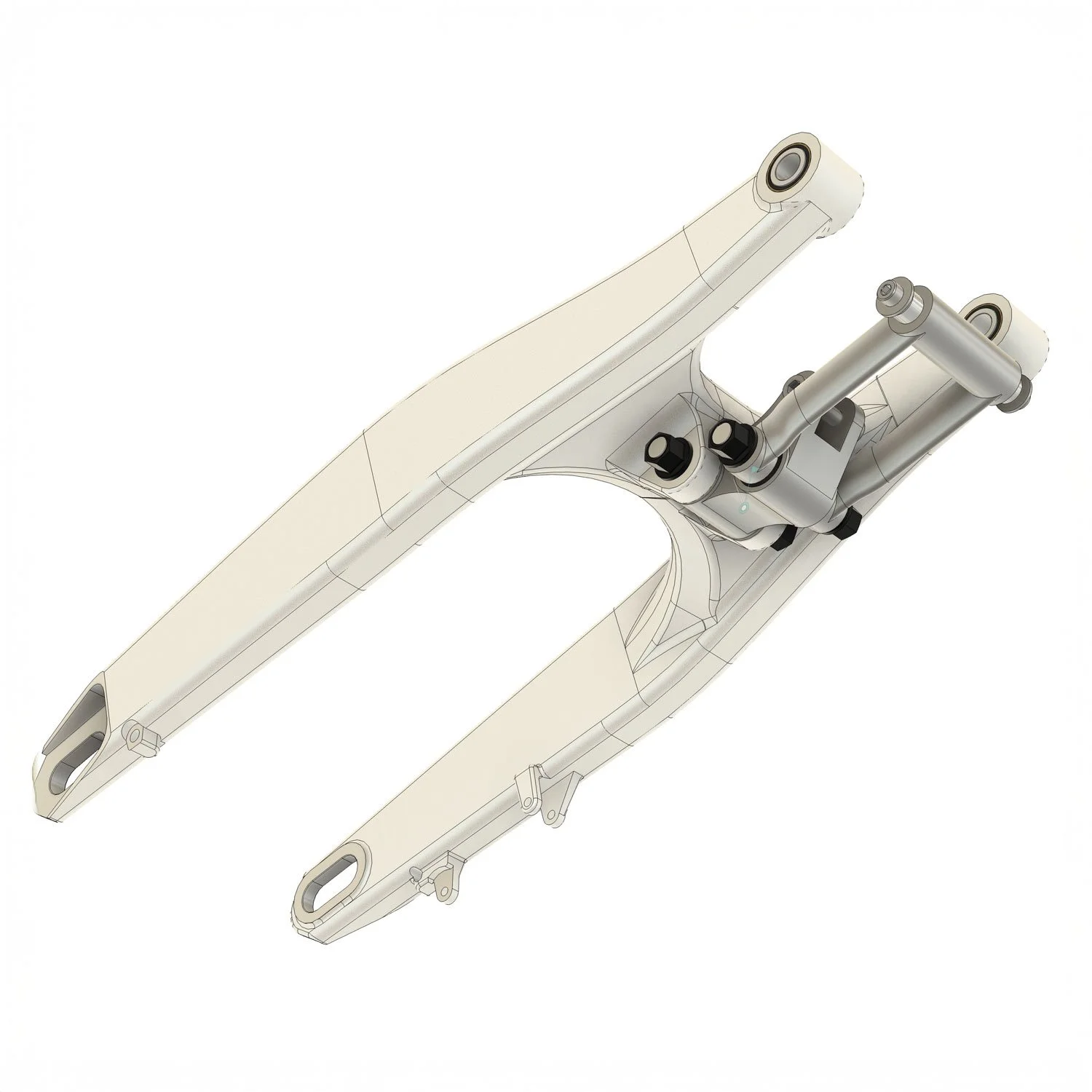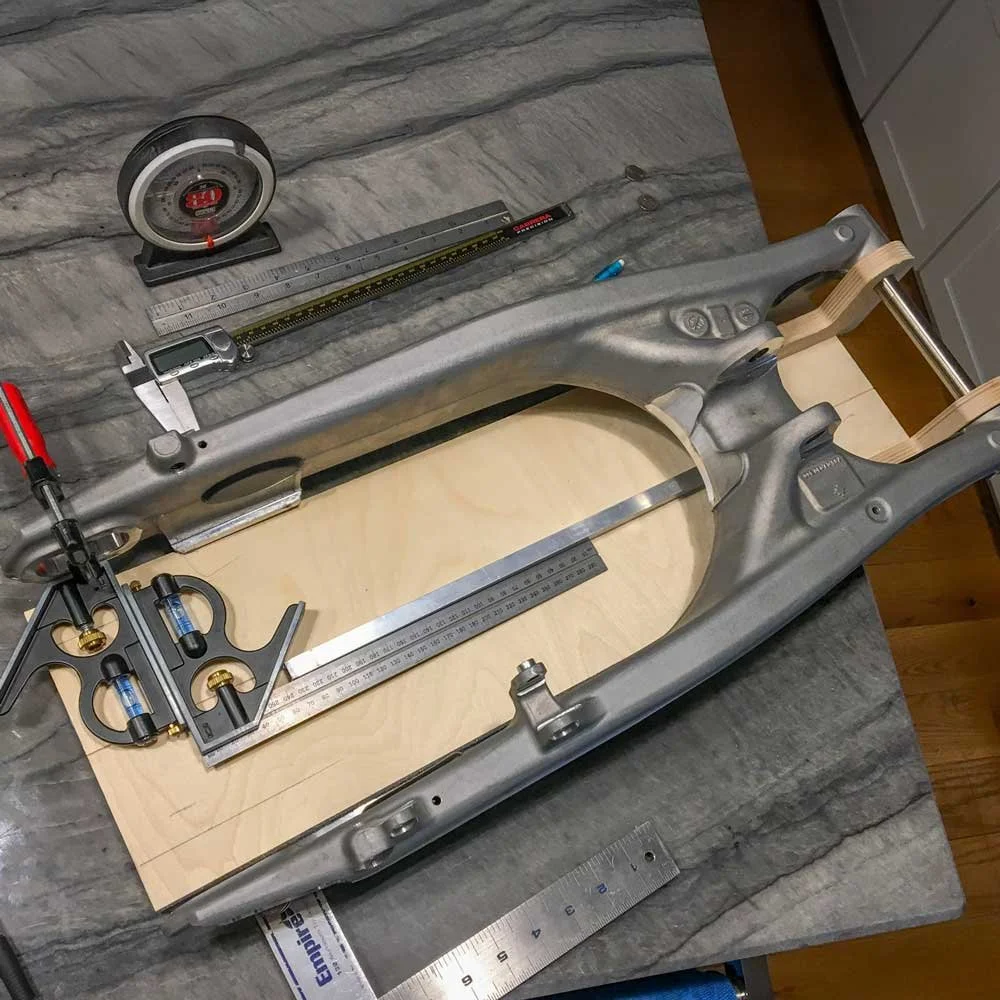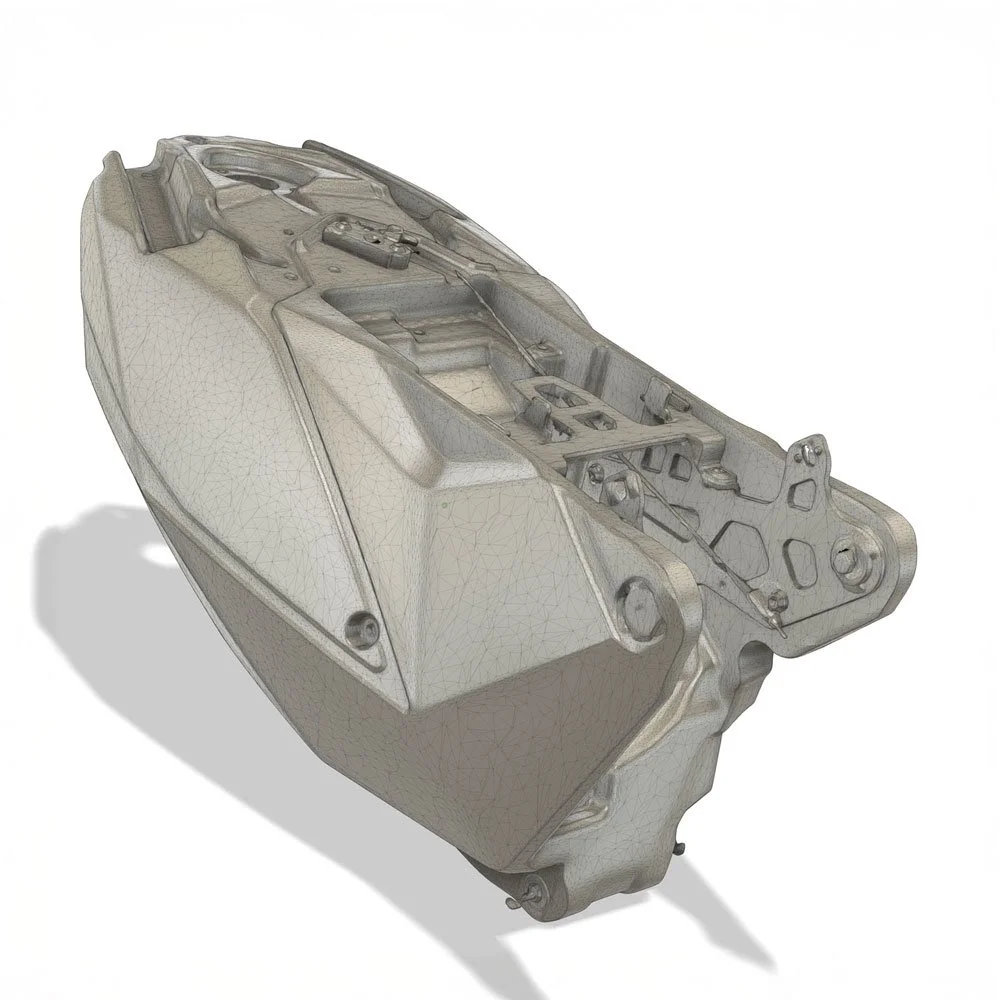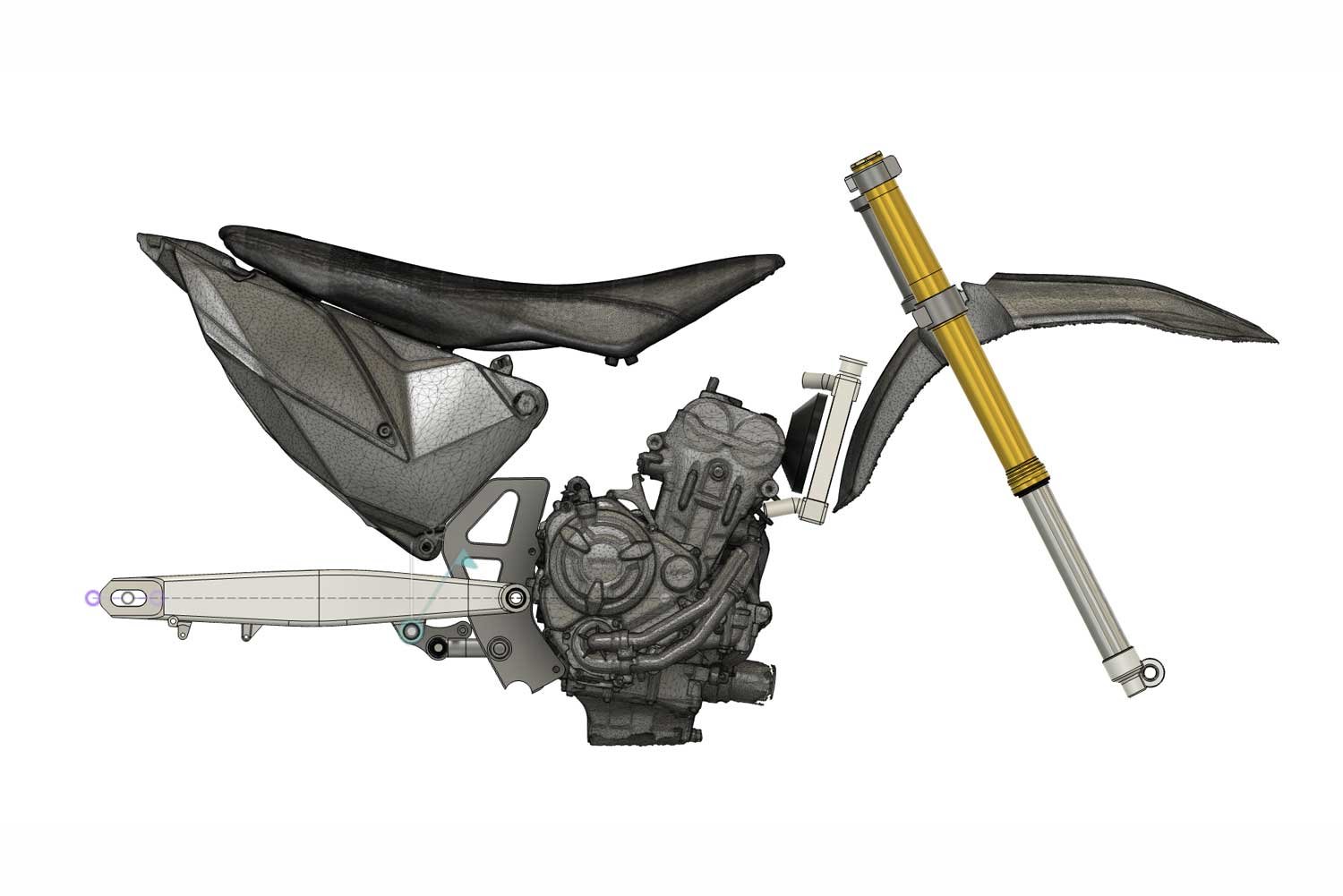ADVENTURE MOTORCYCLE ADV689
The design and build of an adventure motorcycle
In a world dominated by adventure bikes tipping the scales like fully loaded touring rigs, this project takes a different path—stripping things down to the essentials and building a truly lightweight adventure motorcycle. No bloat, no fluff. Just purpose-built performance for off-road adventure and real-world exploration
The Inspiration
Inspired by the 2017 Yamaha T7 concept motorcycle and driven by the overall weight and design of the 2020 Tenere 700, I set out to source available parts that would work with my vision for this machine. I want to use as many off the shelf parts as possible for the proven engineering and time/money saving properties of not being exotic one off parts.
Hours of reading online forums, magazine articles and going to dealers to visually confirm possible parts, lead me to following list of parts.
I was ready to sell my 2008 Triumph Street Triple. It was a good bike but I wanted to go off road and that was not the bike for the Job. Right around this time Yamaha introduced the T7 concept and it immediately drew me in. I visited dealerships to check out the dual sport / adventure motorcycle offerings and could not find what I wanted. The KTM690 Enduro R is light but I did not want a single.
The larger KTM offerings were too big along with the Triumph Tiger 800 and anything from BMW. The smaller dual sport offerings seem too small, in the HP department for actual highway riding and I did not want a single. I was hoping the Tenere700 was going to be the answer when released. IMHO it was not what I was looking for, too heavy for its size.
You can read about the Yamaha T7 Concept here on Yamaha’s Australian site.
The Parts
The Heart: Yamaha’s CP2 Engine
At the center of the build is Yamaha’s brilliant CP2 engine—a 689cc parallel twin found in the MT-07, XSR700, and Tenere 700. What makes this engine special isn’t just the 270-degree crank or its pleasing exhaust note (though that’s a nice bonus). It’s the power delivery: smooth, predictable, and punchy in all the right places—perfect for off-road control and long-distance versatility.
Beyond performance, Yamaha’s reputation for rock-solid engine design and reliability sealed the deal. This engine is light, compact, and built to take abuse. Basically the idea of this build started with the idea of this engine in an off-road motorcycle.
To aid the design process, I initially created a 3D model of the CP2 in Fusion 360 using hand measurements. But recently, I stepped things up with the addition of an EinStar 3D scanner, allowing me to capture a far more accurate and detailed model of the engine. Now, every bolt and nook is accounted for, giving me a true-to-life digital foundation to build around.
I found my Yamaha CP2 engine on eBay with about 1,500 miles on the clock.
UP FRONT: 2016 YZ KYB SSS Forks
For the front suspension, I went with the KYB SSS forks and triple tree from a 2016 Yamaha YZ450F. Known for their stellar performance in the motocross world, these forks offer top-tier tunability and strength without tipping the scales. Also, keeping with manufactures it's nice to have as many parts from the same manufacture as possible for less confusion when something breaks or needs fixing/replacing.
And yes, they’ve also been painstakingly modeled in Fusion 360 based on exact measurements. I used Joints in Fusion 360 to allow the forks to operate along their travel limits for overall bike suspension planning.
IN THE REAR: KTM 690 Enduro R DNA
I sourced the rear suspension and swing-arm from the 2017 KTM 690 Enduro R. Among production bikes, it came the closest to the geometry and performance specs I was aiming for. The swing-arm’s width allows the CP2 engine to sit almost perfectly on the bike’s centerline—not exact, but close enough. Sometimes, “close enough” is exactly what’s needed to keep the project moving without overcomplicating the design.
The factory WP shock was also sourced since it is a bolt in part for this suspension. I did purchase a Yamaha motocross rear shock but it ended up being too large for this suspension system. With tuning the WP shock will work fine for the projects needs.
As with other components, the swing-arm and shock were carefully measured and modeled in Fusion 360 to ensure accurate fitment and integration into the project. A simple fixture was built to find the centerline and chain path of the KTM swing-arm.
The real standout here is the KTM 450 Rally tank. It’s more than just a fuel reservoir—it doubles as the rear subframe. This part integrates beautifully with the 690 swingarm and suspension, and brings serious weight savings to the table. By combining structure and storage, it eliminates the need for a separate subframe and traditional rear tank setup. This approach also lowers the center of gravity of the bike which helps to make the bike “feel” lighter.Note: the rally tank was never 3D modeled. The amoebic shape was just too much to accurately model. Later after the purchase of the Einstar 3D scanner the rally tank was finally scanned and added to the file.
Comfort: Seat Concepts KTM 690 Enduro R XL Seat
Comfort matters on long-distance rides, so I chose the KTM 690 Enduro R seat from Seat Concepts. It’s wider than a typical off-road seat and far more comfortable for extended time in the saddle. Seat Concepts is known for excellent build quality, and this seat fit well with the KTM subframe tank and overall ergonomics of the bike.
Wheels: Warp 9 Elite
I choose to go with a budget wheel set because wheels on an off-road machine usually get beat. I purchase a Warp 9 Elite 18×2.50 rear wheel with the KTM cush hub and a 21×2.15 front wheel that fit the Yamaha front end. Wheels can always be upgraded later on if they don’t last. These were too 3D modeled in Fusion 360.
VIRTUAL ASSEMBLY: FROM SCANS TO A FULL DIGITAL MOCK-UP
With the major components 3D scanned and accurately modeled, I was finally able to start piecing everything together in Fusion 360. This marked a key transition—from collecting parts to actually designing how they’d work together.
In the digital workspace, I began testing suspension layouts, calculating wheelbase options, exploring wheel travel possibilities, and working through how each part would connect within a custom frame. With everything existing as precise virtual models, I could run into problems early—on screen—before they became physical headaches.
This phase has been a mix of engineering, trial and error, and puzzle-solving. It’s one thing to source great parts; it’s another to make them coexist as a cohesive machine. Fusion 360 became the sandbox where I could explore those connections without committing to cuts or welds—yet.
As I built the model I increasing added real world items like the frame jig so I could layout the jig and follow the progress of the build in both worlds.


